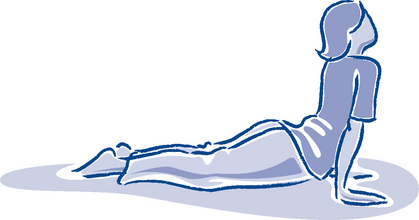9 Caring for the Carer
Caring for the carer today
Caregivers around the world care for individuals from all age groups, across all stages of life, and across the continuum of care. Their needs, networks, resources, strengths and limitations vary from caregiver to caregiver and from one region or country to another. What unites them in their role is a concern for and a commitment to those in their care. However, the role also brings with it, in varying degrees, a set of risks and hazards that can befall anyone assuming this difficult role.
Caring for an AIDS patient is difficult in any country. In a poor country it can be disastrous. One study found that, a woman in a rural community in Southern Africa must collect 24 buckets of water a day, by hand, and sometimes over a considerable distance, to care for a family member who is dying of AIDS – water to wash the clothes, the sheets and the patient after regular bouts of diarrhea. In many countries, the care provided by a family member at home is the only option available. It is estimated that up to 90% of care due to illness in the region is home-based. According to UNAIDS, two-thirds of primary caregivers in households surveyed in Southern Africa are female; one-quarter of these are over 60 years of age. A South African national evaluation of home-based care found that 91% of caregivers were women.
The difficulties of caring and giving care •••
A patient can be as demanding as the ailment or circumstances that he or she must live with. To deal with insistent demands requires calm, and recourse to the care plan, with adjustments if necessary. It is important to separate the patient from the ailment or condition, and to avoid blaming the patient for the situation in which both the patient and the caregiver must live. This is why every caregiver must include in the overall care plan provision for enough time and energy to account for their own physical and mental well-being. This is not a luxury, but an absolute requirement for anyone who anticipates providing care over a significant period of time.
Stay updated, free articles. Join our Telegram channel

Full access? Get Clinical Tree




